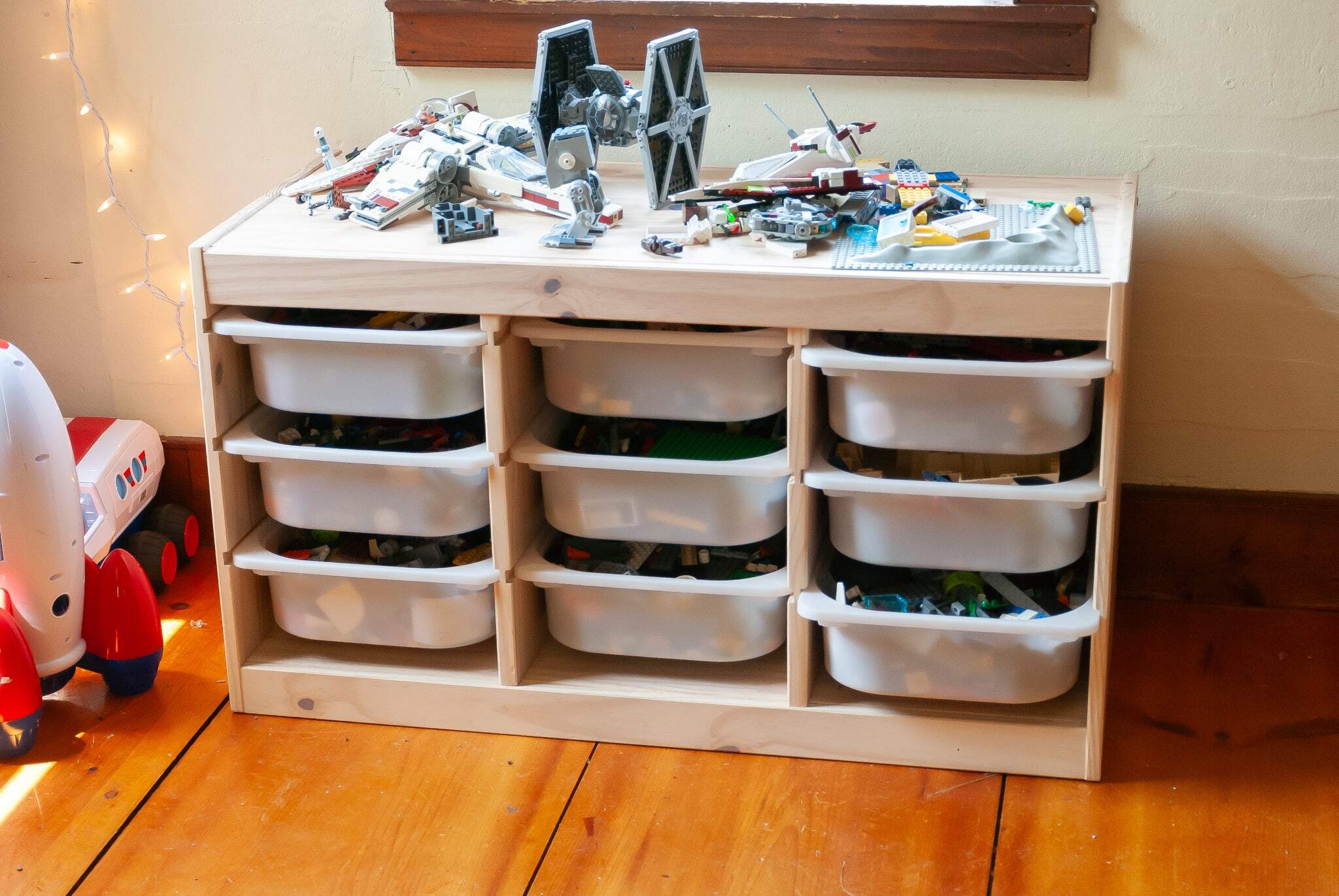

Articles
How To Store Lego Sets
Modified: January 21, 2024
Learn the best ways to store your Lego sets for optimal organization and preservation. Explore our informative articles for helpful tips and tricks.
(Many of the links in this article redirect to a specific reviewed product. Your purchase of these products through affiliate links helps to generate commission for Storables.com, at no extra cost. Learn more)
Introduction
LEGO sets have become a staple in many households, captivating both children and adults with their endless creative possibilities. However, once the building is complete and the playtime is over, the challenge lies in finding the best way to store these beloved sets. Properly storing LEGO sets is crucial to not only maintain their condition, but also to ensure long-lasting enjoyment and ease of access for future play or display.
In this article, we will explore the benefits of properly storing LEGO sets and provide practical tips for finding the right storage space, sorting and organizing LEGO pieces, cleaning and preparing sets for storage, choosing appropriate storage containers, labeling and cataloging sets, and creating a suitable environment for safekeeping. Whether you’re a parent looking to keep your child’s LEGO collection tidy or a LEGO enthusiast seeking to preserve your prized sets, this guide is for you.
Key Takeaways:
- Properly storing LEGO sets is essential for preserving their condition, ensuring long-term enjoyment, and facilitating easy access for play or display. From finding the right storage space to sorting and organizing pieces, these tips will help you create an efficient storage system for your LEGO collection.
- By following best practices for storing LEGO sets, you can prolong their lifespan, maintain their completeness, and enhance the overall LEGO experience. From choosing the right storage containers to protecting specialty sets, these tips will help you keep your iconic bricks organized and ready for endless creativity.
Read more: How To Store Legos
Benefits of Properly Storing LEGO Sets
Properly storing LEGO sets offers numerous advantages, not only in terms of preserving the sets themselves but also for the overall experience of playing and building with LEGO. Here are some of the key benefits:
- Prolongs the Lifespan: By storing LEGO sets properly, you can extend their lifespan and prevent damage caused by dust, moisture, sunlight, or accidental mishaps. This ensures that your sets remain in pristine condition for years to come.
- Eases Setup and Rebuilding: Organizing LEGO pieces and sets makes it easier to locate specific pieces when rebuilding or modifying a set. With a well-organized storage system, you can quickly find the pieces you need, saving time and frustration.
- Preserves Completeness: Losing or misplacing LEGO pieces is a common occurrence, but by storing sets in an organized manner, you can keep track of all the pieces and ensure that nothing goes missing. This helps to maintain the completeness and value of your sets.
- Fosters Creativity: When LEGO pieces are neatly sorted and easily accessible, it enhances the creative process. By having a well-organized storage system, you can fuel your imagination and create new models or build on existing ones without the frustration of searching for specific pieces.
- Easy Accessibility: Properly stored LEGO sets are much easier to access when you want to play, display, or share them with others. Instead of digging through a jumbled mess, you can easily find and retrieve the sets you desire, enhancing the overall enjoyment of your LEGO collection.
By understanding the benefits of properly storing LEGO sets, you can see the value in investing time and effort into organizing and maintaining your collection. The next sections will provide practical tips to help you achieve an efficient storage system for your LEGO sets.
Finding the Right Storage Space
When it comes to storing LEGO sets, the first step is finding a suitable storage space that can accommodate your collection. Consider the following factors when selecting the right storage space:
- Space availability: Assess the amount of space you have available for storing LEGO sets. This can be a dedicated room, a shelf in a closet, or even under the bed. Make sure the space is adequate to fit your current collection and allows room for future growth.
- Accessibility: Choose a storage space that is easily accessible, so you can effortlessly retrieve sets whenever you want to play or display them. Avoid spaces that require heavy lifting or inconvenient arrangements.
- Temperature and humidity: LEGO sets should be stored in a dry and cool environment to prevent damage. Avoid areas with extreme temperature fluctuations or high humidity levels, as they can lead to mold formation or degradation of the LEGO plastic.
- Protection from sunlight: Exposure to direct sunlight can fade and discolor LEGO bricks over time. Choose a storage area away from windows or use curtains or blinds to block out sunlight if necessary.
- Dust prevention: Dust can accumulate on LEGO sets and impact their appearance. Look for storage spaces that can be easily sealed or covered to minimize dust exposure. Regular cleaning and dusting of the storage area can also help maintain the cleanliness of your sets.
Consider your specific needs and preferences when selecting the right storage space for your LEGO sets. Remember that the goal is to find a space that not only protects your sets but also allows for easy access and organization.
Once you have identified the storage space, the next step is to sort and organize your LEGO pieces effectively. This will be discussed in the following section.
Sorting and Organizing LEGO Pieces
Sorting and organizing LEGO pieces is a crucial step in maintaining an efficient storage system. By categorizing and grouping similar pieces together, you can easily locate specific bricks and reduce the time spent searching for the right piece. Here are some tips to help you sort and organize your LEGO pieces:
- Sort by color: One of the simplest ways to organize LEGO pieces is by color. Use separate containers or drawer dividers for each color, making it easy to find the right shade when building.
- Sort by type: Another effective method is to sort LEGO pieces by type. Group similar pieces together, such as bricks, plates, tiles, slopes, and specialty pieces. This allows for quicker identification and retrieval of specific pieces.
- Use compartmentalized storage: Invest in storage containers with adjustable compartments or small drawers. This way, you can keep different types or sizes of LEGO pieces separate within the same container, maximizing space and organization.
- Consider using labels or color-coding: Attach labels or use color-coded stickers on storage containers to further categorize LEGO pieces. This can be especially helpful if you have a large collection or multiple storage containers.
- Separate minifigures and accessories: If you have LEGO minifigures or accessories, it’s best to store them separately to prevent them from getting lost or damaged. Consider using small containers or display cases specifically designed for minifigures.
- Keep instruction manuals nearby: Store instruction manuals in a separate folder or binder near your LEGO collection. This way, you can easily refer to them when rebuilding or modifying sets.
Remember that the goal of sorting and organizing LEGO pieces is to make it as effortless as possible to find and use the pieces you need. Experiment with different sorting methods and find a system that works best for you and your collection.
Next, we will discuss how to properly clean and prepare LEGO sets for storage.
Cleaning and Preparing LEGO Sets for Storage
Before storing LEGO sets, it’s important to clean and prepare them to ensure they remain in good condition during storage. Here are some steps to follow:
- Remove dust and debris: Use a soft brush or a microfiber cloth to gently remove any dust or debris from the LEGO pieces. Pay attention to small crevices and hard-to-reach areas.
- Wash LEGO bricks: If the LEGO pieces are particularly dirty or sticky, you can wash them with warm, soapy water. Fill a basin or sink with warm water and a mild dish soap. Immerse the LEGO pieces in the soapy water, agitate them gently, and then rinse them thoroughly with clean water. Allow the pieces to air dry completely before storing them.
- Avoid submerging certain pieces: Some LEGO pieces, such as those with electronics or stickers, should not be submerged in water. Instead, use a clean, damp cloth to wipe them down carefully.
- Separate electronic components: If your LEGO sets contain any electronic components, such as motors or lights, remove them before washing. Follow the manufacturer’s instructions for cleaning and storage of these components.
- Disassemble larger sets: For larger LEGO sets or complex models, consider disassembling them partially or fully before storage. This not only helps save space but also reduces the risk of pieces getting damaged during storage.
- Store fragile or special pieces separately: If you have particularly delicate or valuable LEGO pieces, such as transparent elements or rare minifigures, store them separately in protective cases or small containers to prevent damage.
By following these cleaning and preparation steps, you can ensure that your LEGO sets are clean and free from debris before storing them. This helps maintain the quality and longevity of your collection.
In the next section, we will discuss the importance of choosing the appropriate storage containers for your LEGO sets.
Read more: How To Store Lego Boxes
Choosing the Appropriate Storage Containers
Choosing the right storage containers for your LEGO sets is crucial to keep them organized, protected, and easily accessible. Here are some factors to consider when selecting storage containers:
- Size and capacity: Ensure that the storage containers are large enough to hold your LEGO sets comfortably. Consider the size and number of sets you have and choose containers that can accommodate them without overcrowding or excessive stacking.
- Durability: Opt for sturdy storage containers that can withstand the weight of LEGO sets and are resistant to cracking or breaking. Look for containers made of high-quality materials, such as plastic or heavy-duty fabric.
- Stackability: Choose containers that can be easily stacked on top of each other to save space. This is particularly important if you have limited storage area. Stackable containers make it easier to access sets at the bottom without disrupting the entire storage system.
- Clear or transparent: Consider using storage containers that are transparent or have clear lids. This allows you to see the contents without having to open each container, making it more convenient to locate specific sets or pieces.
- Adjustable compartments: Look for containers with adjustable dividers or compartments. This feature allows you to customize the storage space according to the size and type of LEGO pieces, ensuring a more organized and efficient system.
- Portability: If you plan to move or transport your LEGO sets, choose containers that are lightweight and have handles or wheels for easy mobility.
Remember to assess your storage needs and preferences when selecting storage containers. It’s also a good idea to purchase a few extra containers to accommodate future expansions of your LEGO collection.
Once you have chosen the appropriate storage containers, the next step is to label and catalog your LEGO sets. This will be discussed in the following section.
Store Lego sets in a cool, dry place to prevent discoloration and warping. Keep sets in their original boxes or use plastic containers with lids to protect them from dust and moisture.
Labeling and Cataloging LEGO Sets
Labeling and cataloging your LEGO sets is a valuable organizational practice that will simplify the process of locating specific sets and pieces. Here are some tips for effective labeling and cataloging:
- Label storage containers: Use labels or sticky notes to identify the contents of each storage container. Include details such as set names or numbers, themes, and a brief description. This will make it easy to find and retrieve sets when needed.
- Create a LEGO inventory: Maintain a catalog or spreadsheet of your LEGO collection. Include information such as the set name or number, theme, year of release, and any relevant notes. This serves as a helpful reference and makes it easier to track and manage your collection.
- Take photographs: Consider taking photographs of each LEGO set and saving them in your inventory or catalog. This visual reference can be beneficial, especially if you have a large collection or if some sets are disassembled and stored separately.
- Use digital inventory tools: Explore digital inventory tools or mobile apps specifically designed for cataloging LEGO sets. These tools can provide additional features such as barcode scanning, set valuation, and links to online building instructions.
- Create a building instruction library: Keep a separate folder or binder to store building instructions for your LEGO sets. Organize them in a way that corresponds to your catalog or inventory, making it easy to locate the instructions for a specific set.
By labeling and cataloging your LEGO sets, you can streamline the process of finding and organizing your collection. It also helps you keep track of the sets you have and makes it easier to identify missing or incomplete sets.
Next, we will discuss the importance of storing LEGO sets in a dry and safe environment.
Storing LEGO Sets in a Dry and Safe Environment
When it comes to storing LEGO sets, it is essential to choose a dry and safe environment to protect them from damage and ensure their longevity. Here are some key factors to consider:
- Avoid moisture: Moisture can lead to mold growth, warping, and deterioration of LEGO sets. Select a storage area that is dry and free from humidity. Avoid storing sets in basements, attics, or areas prone to water leaks or condensation.
- Control temperature fluctuations: Extreme temperature fluctuations can be harmful to LEGO sets, causing them to expand and contract. Choose a storage space that maintains a consistent temperature. Avoid areas that are exposed to direct sunlight or close to heat sources.
- Protect from dust: Dust accumulation can affect the appearance and functionality of LEGO sets. Ensure that the storage area is clean and dust-free. Consider using dust covers or enclosures for increased protection.
- Prevent direct sunlight: Exposure to direct sunlight can cause fading and discoloration of LEGO bricks. Store your sets away from windows or use curtains or blinds to block out sunlight. UV-resistant storage containers or shelves can also help mitigate sun damage.
- Maintain proper ventilation: Good air circulation is important to prevent the buildup of stale air and odors. Avoid storing sets in airtight containers for extended periods. If possible, open windows or use fans to maintain fresh airflow in the storage area.
- Keep away from pests: Protect LEGO sets from pests such as insects or rodents by ensuring the storage area is properly sealed. Use pest deterrents or traps if necessary.
Taking these measures will create a conducive environment for storing LEGO sets, preserving their quality and value. Regularly inspect the storage area to ensure that it meets the necessary conditions and make any adjustments as needed.
Next, we will provide some additional tips for storing specialty LEGO sets.
Tips for Storing Specialty LEGO Sets
Specialty LEGO sets, such as limited edition sets, collectibles, or sets with intricate designs, may require extra care when it comes to storage. Here are some tips to keep these specialty sets in optimal condition:
- Display them properly: If you have valuable or highly sought-after LEGO sets, consider displaying them instead of storing them away. Use display cases, shelves, or stands to showcase these sets while still protecting them from dust and damage.
- Use acid-free archival materials: When storing specialty LEGO sets, use acid-free archival materials, such as acid-free tissue paper or archival sleeves, to wrap delicate or rare pieces. This helps prevent color transfer or damage over time.
- Think vertical storage: Vertical storage can be beneficial for larger specialty sets or sets with fragile elements. Utilize shelving units or display stands to keep these sets upright, minimizing the risk of pieces shifting or breaking.
- Separate delicate elements: If your specialty sets have fragile elements, consider storing them separately from the main set. Use small containers, such as jewelry boxes or small plastic cases, to protect these delicate pieces.
- Keep original packaging: If you have specialty sets with valuable or collector’s edition packaging, it’s best to keep them stored in their original boxes or packaging. This helps preserve their authenticity and value.
- Limit handling: Minimize unnecessary handling of specialty sets, as excessive touching can cause wear and tear. Store them in a safe and easily accessible place to avoid frequent handling.
By following these tips, you can ensure that your specialty LEGO sets are properly stored and protected, maintaining their value and appeal. Consider the unique characteristics and requirements of each specialty set when determining the best storage method.
In the next section, we will address some frequently asked questions (FAQs) about storing LEGO sets.
Read more: How To Store Legos That Are Built
Frequently Asked Questions (FAQs)
Q: Should I disassemble LEGO sets before storing them?
A: Disassembling LEGO sets, especially larger or more complex ones, can save space and reduce the risk of pieces getting damaged during storage. However, if you plan to rebuild the set in the future, it’s recommended to keep the instructions and necessary pieces together.
Q: How should I store LEGO instruction manuals?
A: Store LEGO instruction manuals in a separate folder or binder, organized in a way that corresponds to your LEGO inventory or catalog. This makes it easy to locate the instructions for a specific set when needed.
Q: Can I store LEGO sets in the garage or shed?
A: Storing LEGO sets in a garage or shed can be risky due to temperature fluctuations, moisture, and potential pest infestations. If you must store LEGO sets in these areas, ensure they are well-sealed and protected from these elements.
Q: How do I prevent yellowing of LEGO bricks?
A: Yellowing of LEGO bricks is a natural occurrence over time due to exposure to light and environmental factors. To minimize yellowing, store LEGO sets away from direct sunlight and in a cool, dry environment.
Q: Can I store LEGO sets in plastic bags?
A: Storing LEGO sets in plastic bags is not recommended for prolonged periods as it can lead to moisture retention and potential damage. It’s better to use dedicated storage containers that provide better protection against dust, moisture, and potential impact.
Q: What is the best way to store LEGO minifigures?
A: To store LEGO minifigures, consider using specialized display cases, small containers, or storage solutions specifically designed for minifigures. This helps protect them from dust and damage while still keeping them easily accessible.
Q: How often should I check on my stored LEGO sets?
A: It’s a good practice to periodically check on your stored LEGO sets to ensure they are in good condition. Check for any signs of moisture, dust accumulation, or pest activity, and make any necessary adjustments or cleanings.
Q: Can I store LEGO sets in a vacuum-sealed bag?
A: It is not recommended to store LEGO sets in vacuum-sealed bags for long periods as they can cause moisture retention and potential damage to the bricks. It’s better to use breathable storage containers that provide adequate airflow.
Remember to assess your specific storage needs and conditions when determining the best way to store your LEGO sets. These FAQs provide general guidance, but it’s essential to adapt them to your individual circumstances and preferences.
Now, let’s wrap up the article.
Conclusion
Properly storing LEGO sets is crucial for preserving their condition, ensuring long-term enjoyment, and facilitating easy access for play or display. By following the guidelines and tips outlined in this article, you can create an organized and efficient storage system for your LEGO collection.
First, finding the right storage space is essential. Choose a dry, accessible, and safe environment that protects LEGO sets from moisture, sunlight, and dust. Take into account factors like temperature control and ventilation to create an ideal storage area.
Sorting and organizing LEGO pieces is the next step. Sort pieces by color or type and invest in storage containers with adjustable compartments for better organization. Labeling and cataloging LEGO sets, along with creating a building instruction library, will further streamline your storage system and make it easier to locate specific sets or pieces.
When preparing LEGO sets for storage, ensure they are clean and free from dust or debris. Use proper cleaning techniques and separate delicate or electronic components before washing. Once clean, disassemble larger sets for optimal storage and protect specialty LEGO sets with extra care.
Finally, store LEGO sets in appropriate containers that offer durability, stackability, and clear visibility. Maintain a dry and safe environment, and periodically check on your stored sets for any necessary adjustments or cleanings.
By following these best practices, you can keep your LEGO sets in excellent condition, prolong their lifespan, and enhance your overall LEGO experience. Whether you’re a passionate LEGO builder or a parent wanting to maintain your child’s collection, these storage tips will help you keep those iconic bricks organized and ready for endless creativity.
Now it’s time to get started and create a storage system that will not only showcase your LEGO sets but also make them easily accessible for future building adventures!
Frequently Asked Questions about How To Store Lego Sets
Was this page helpful?
At Storables.com, we guarantee accurate and reliable information. Our content, validated by Expert Board Contributors, is crafted following stringent Editorial Policies. We're committed to providing you with well-researched, expert-backed insights for all your informational needs.
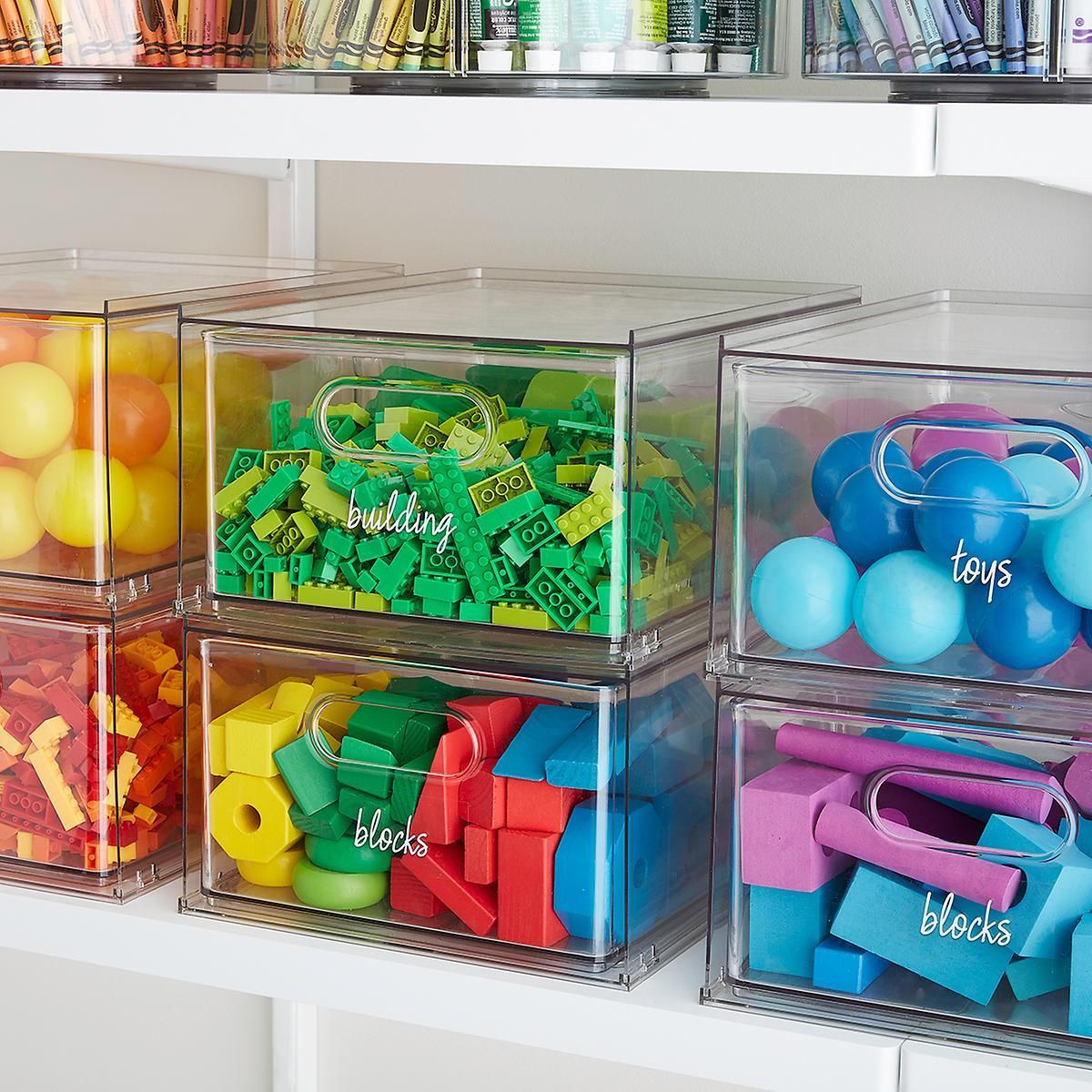
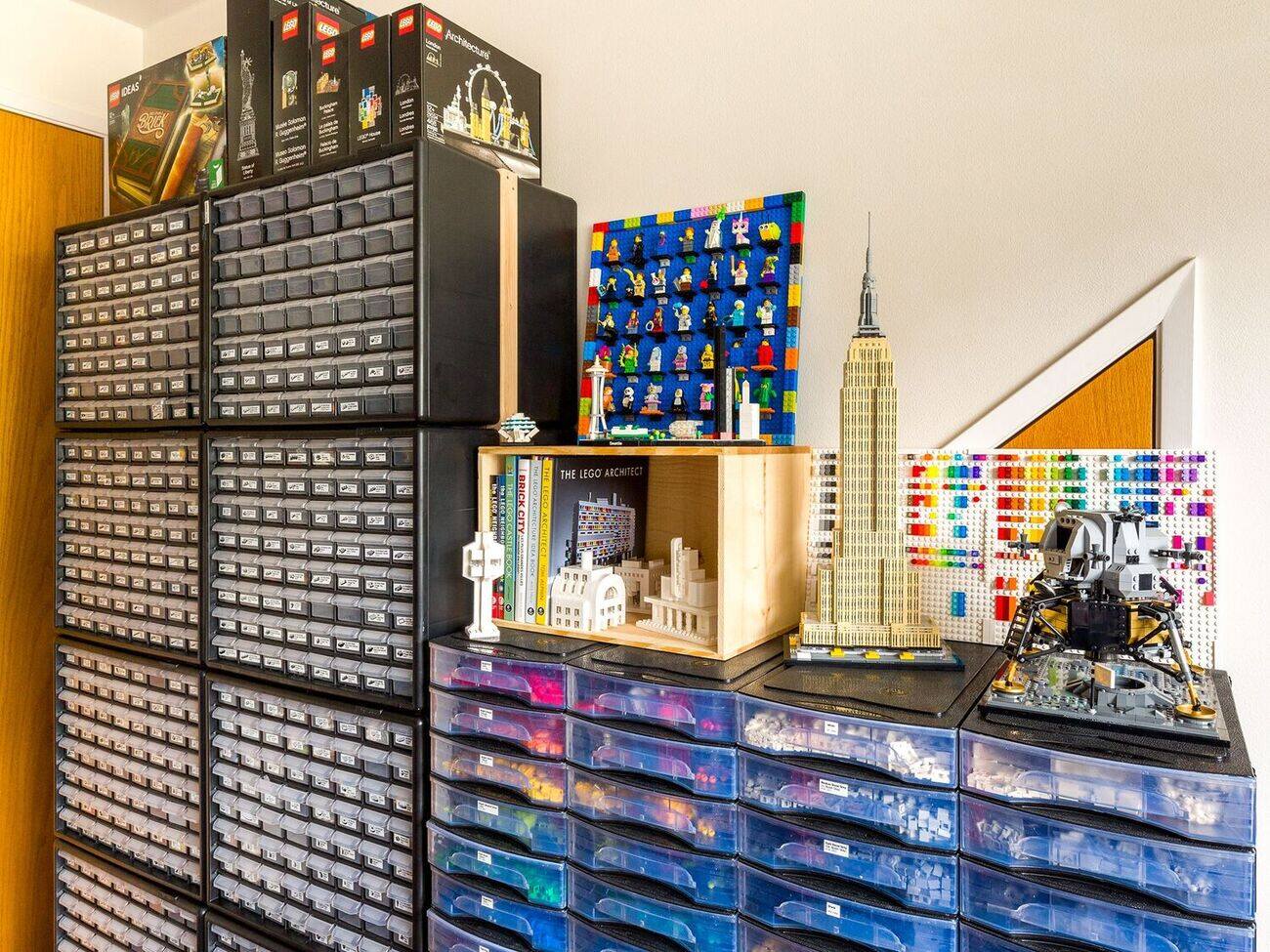
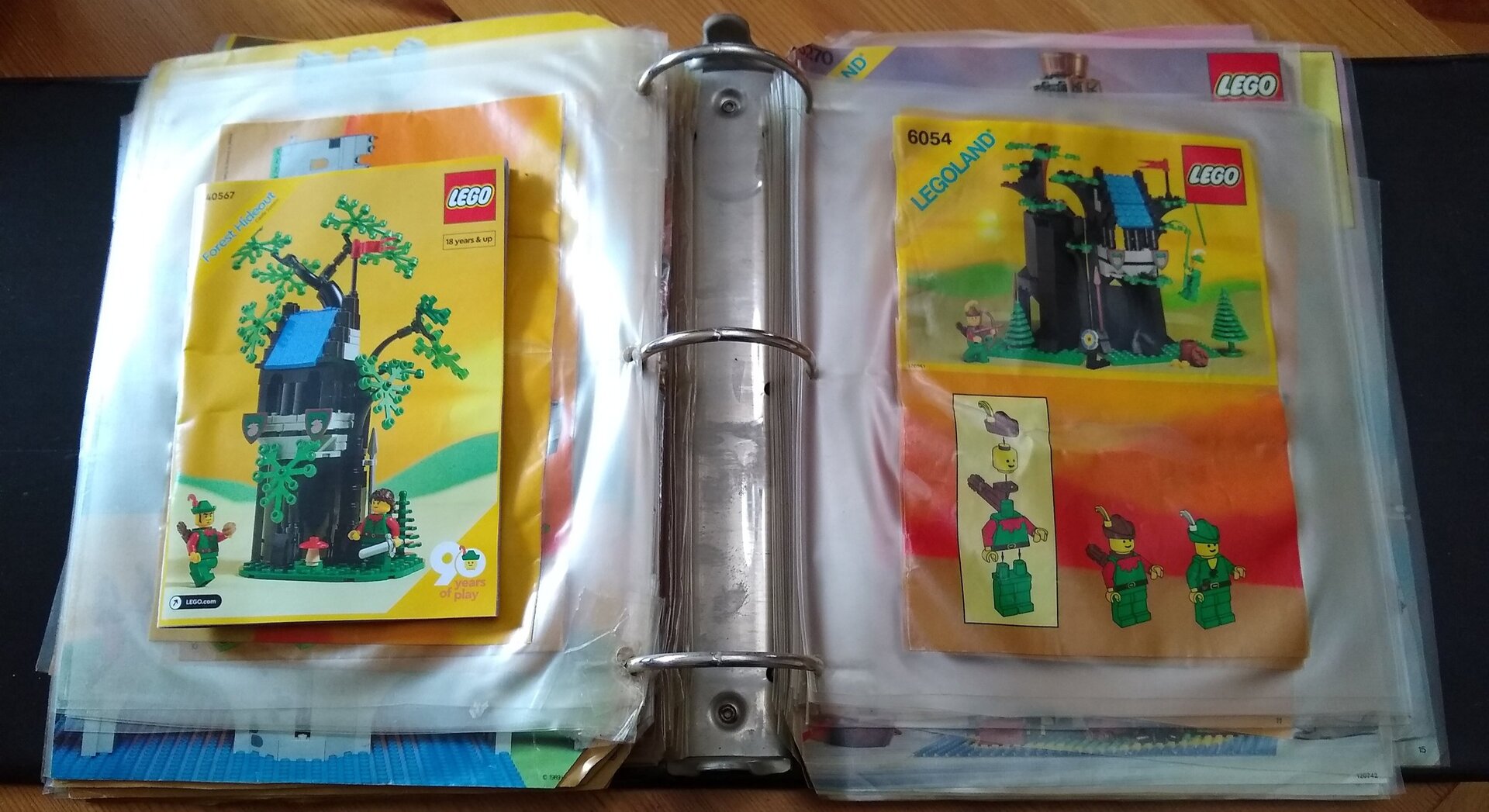
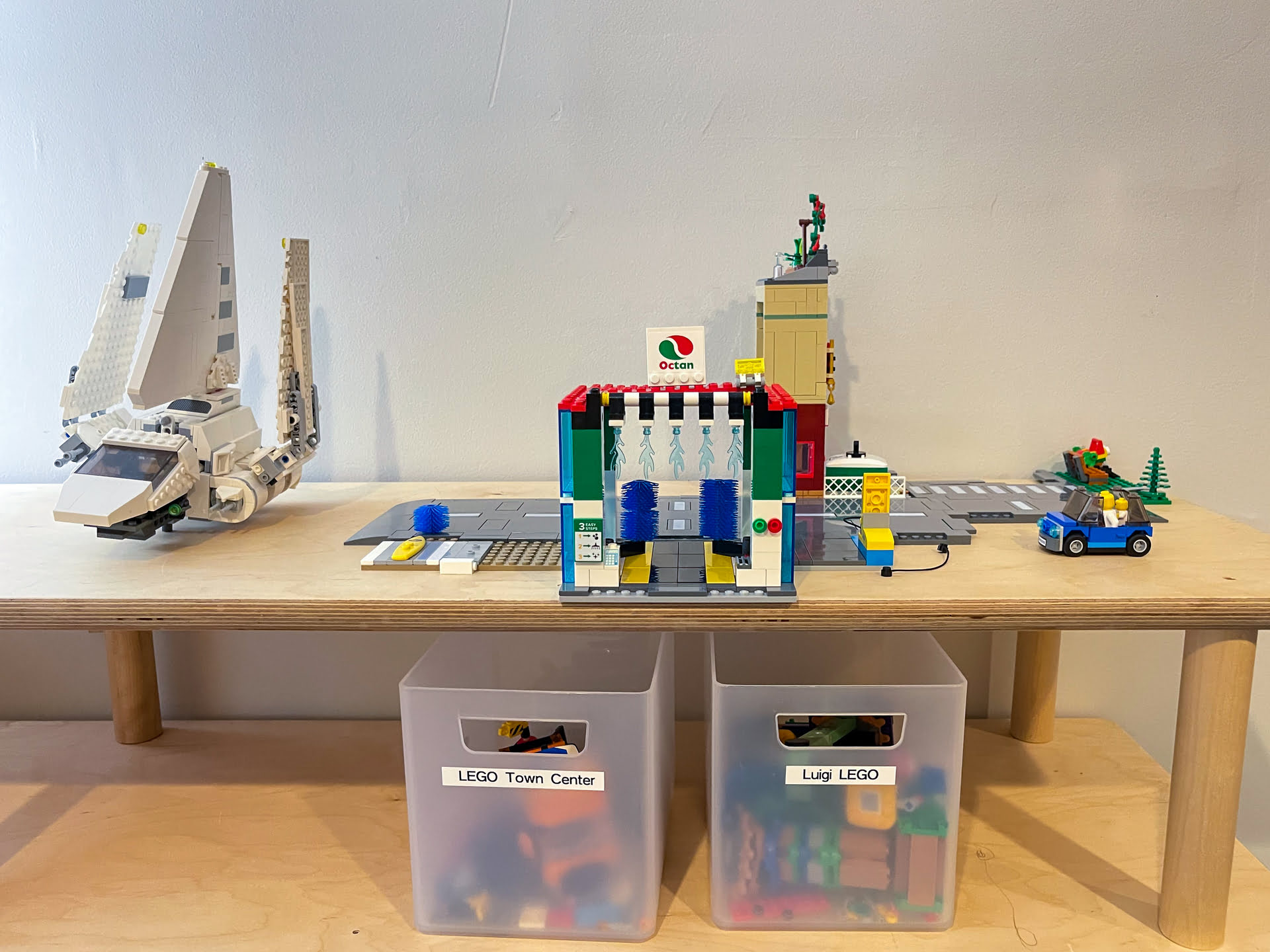
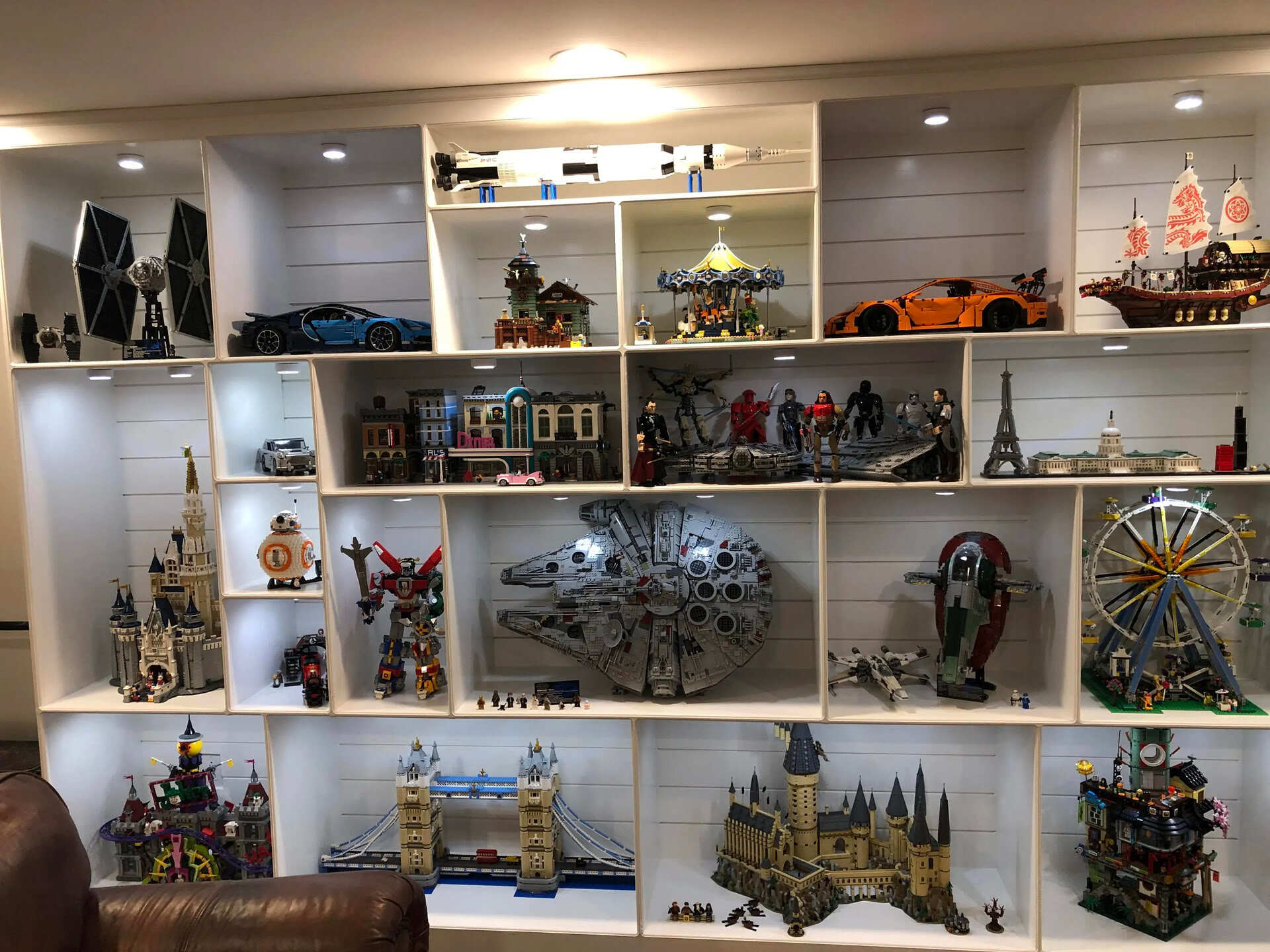
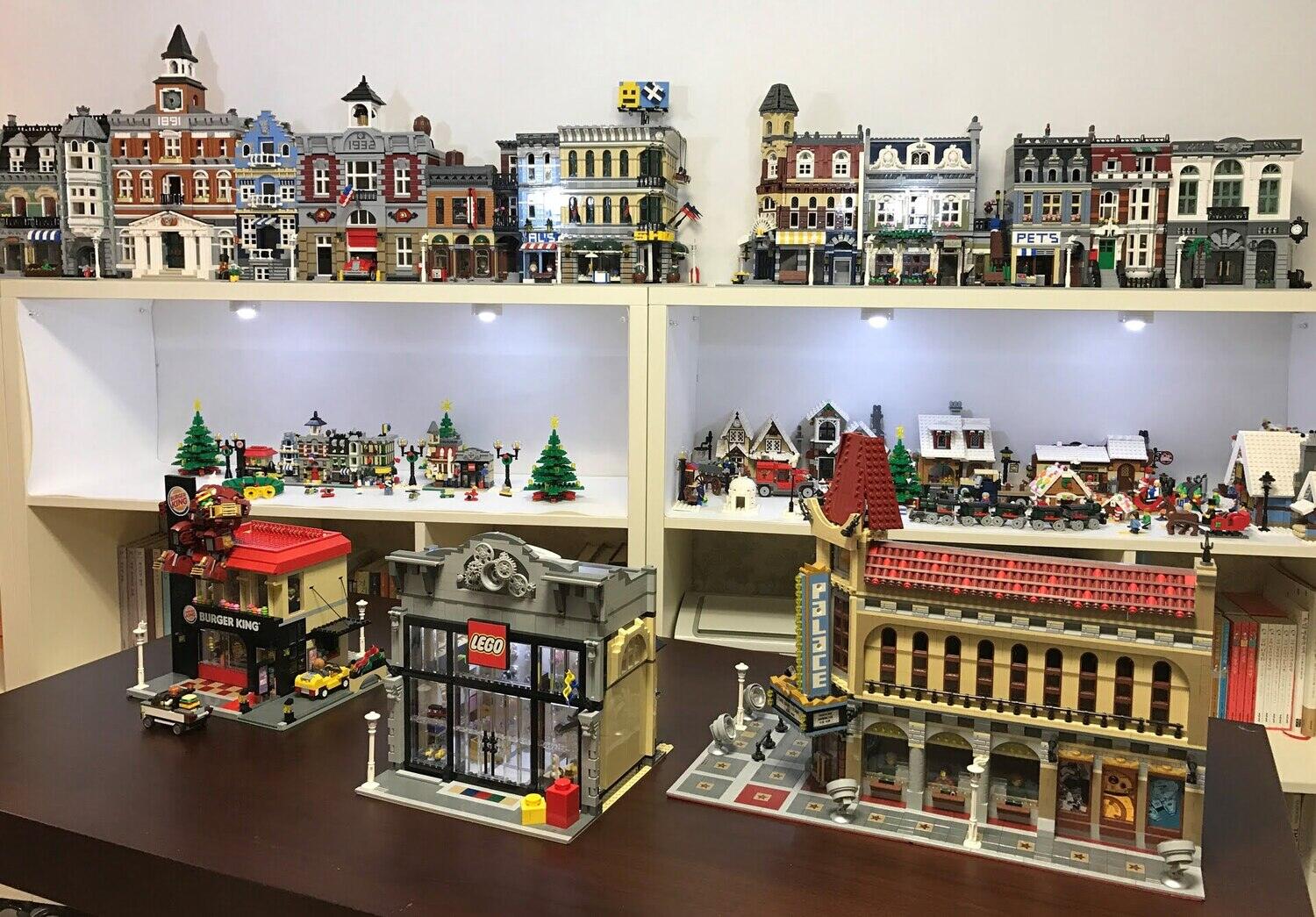
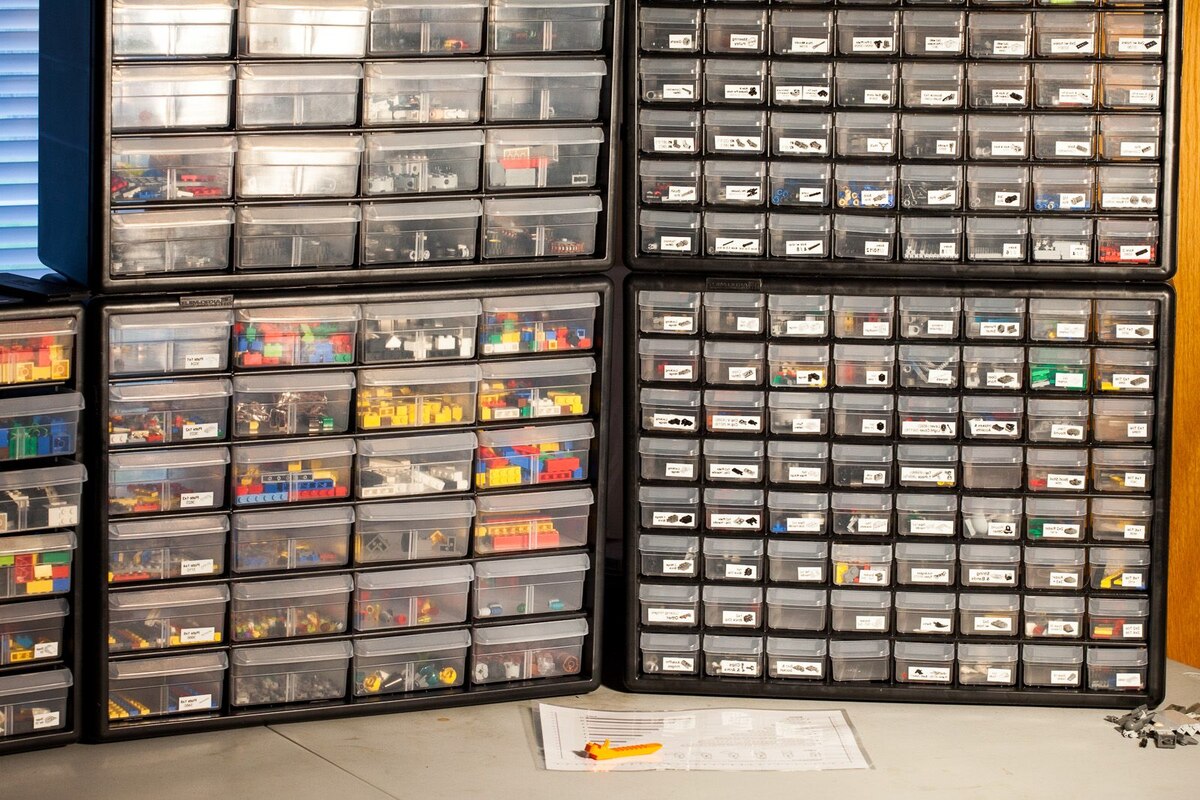
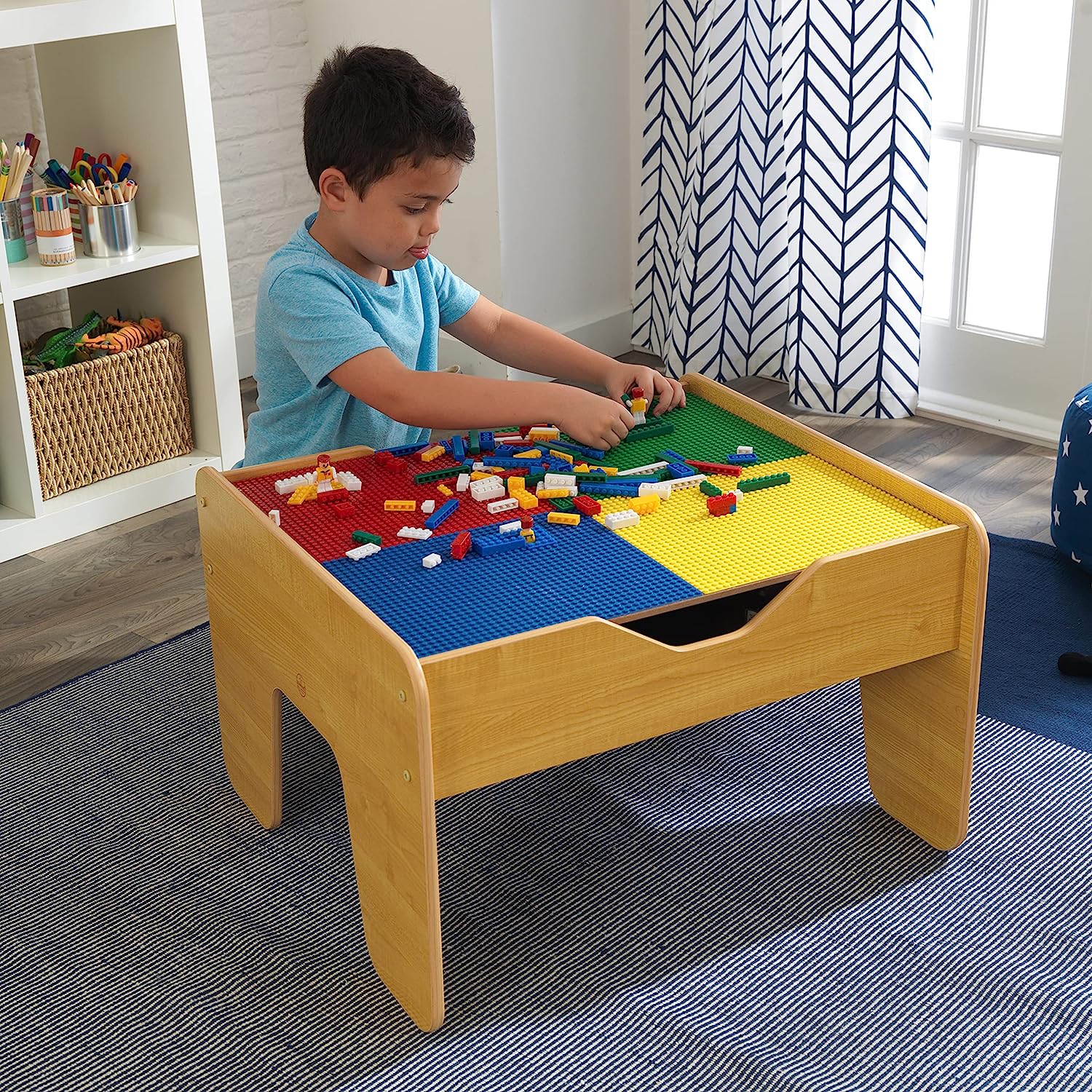
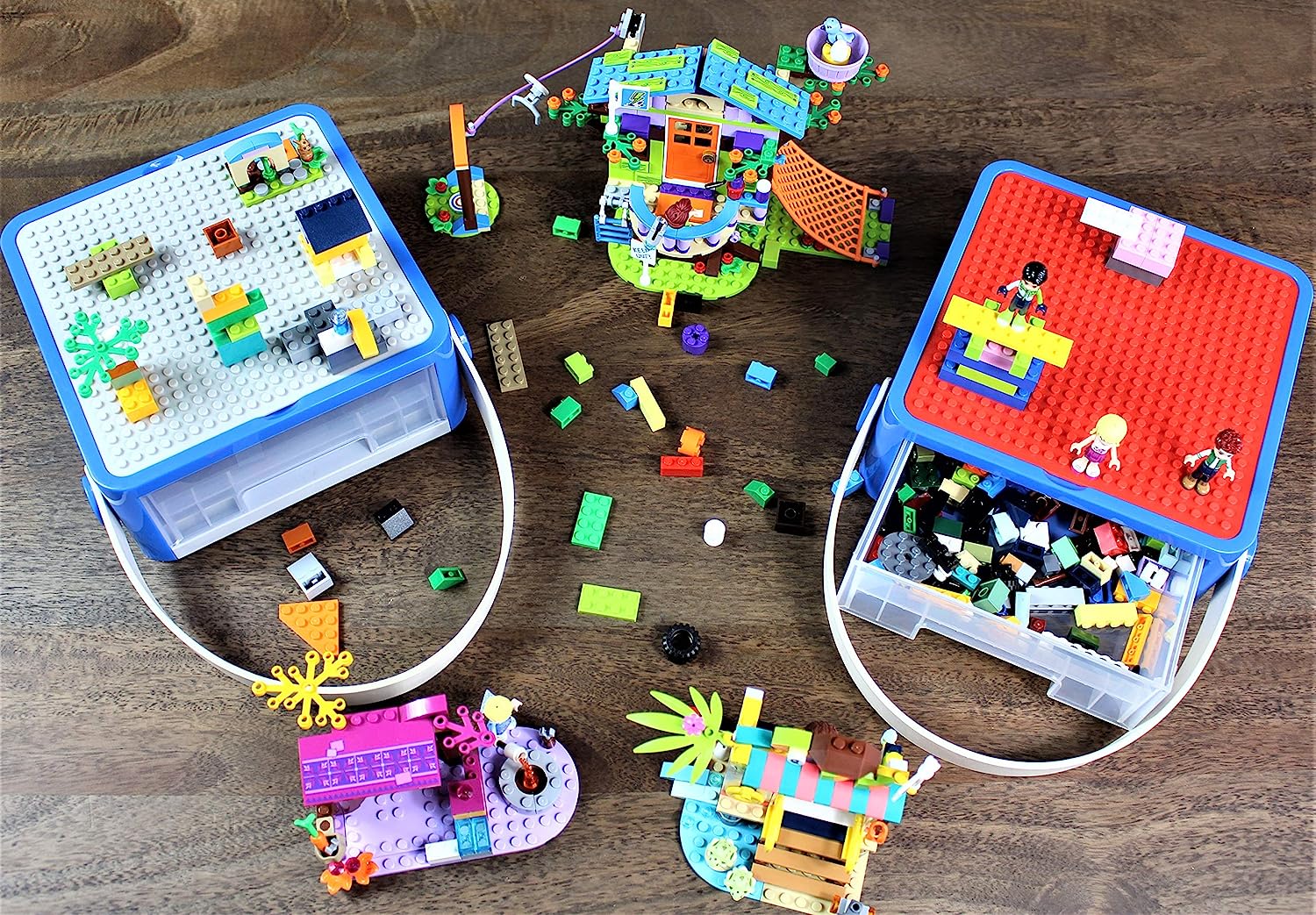
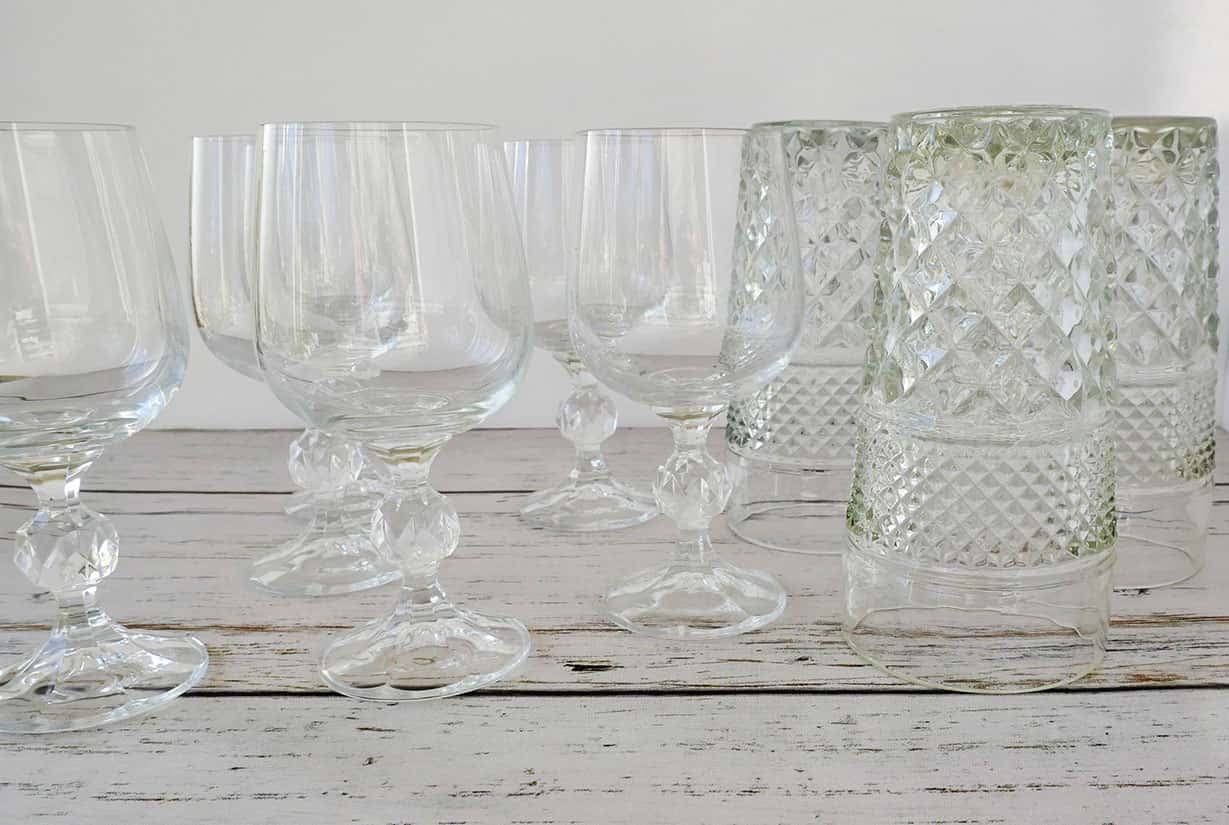
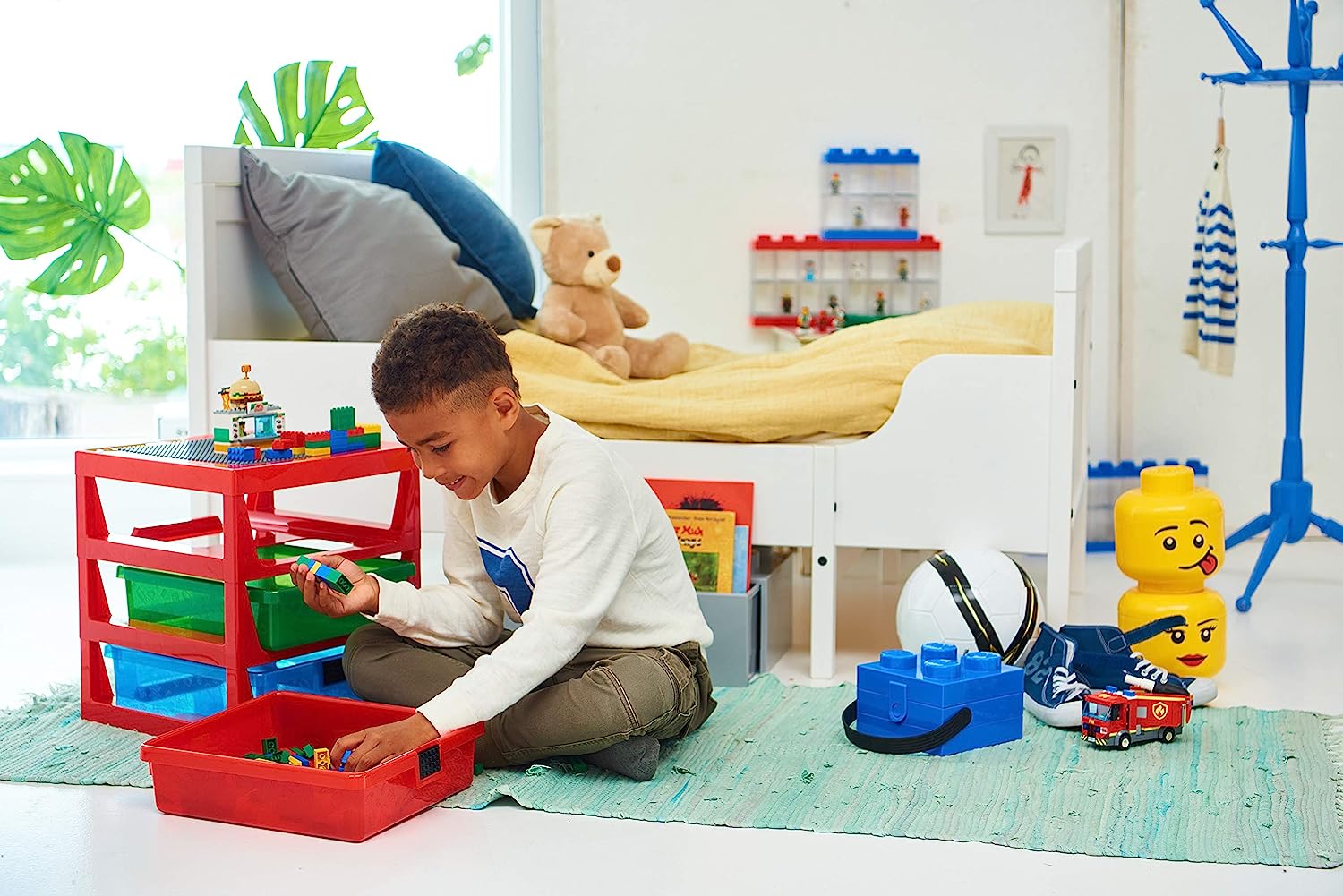
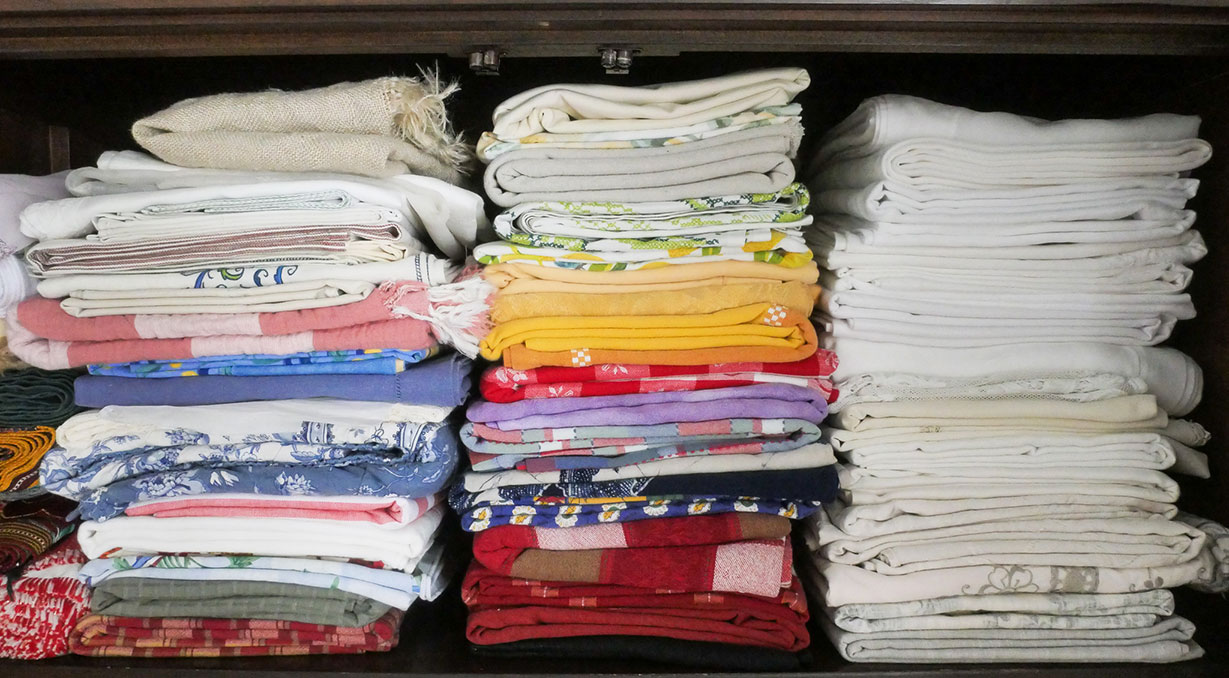
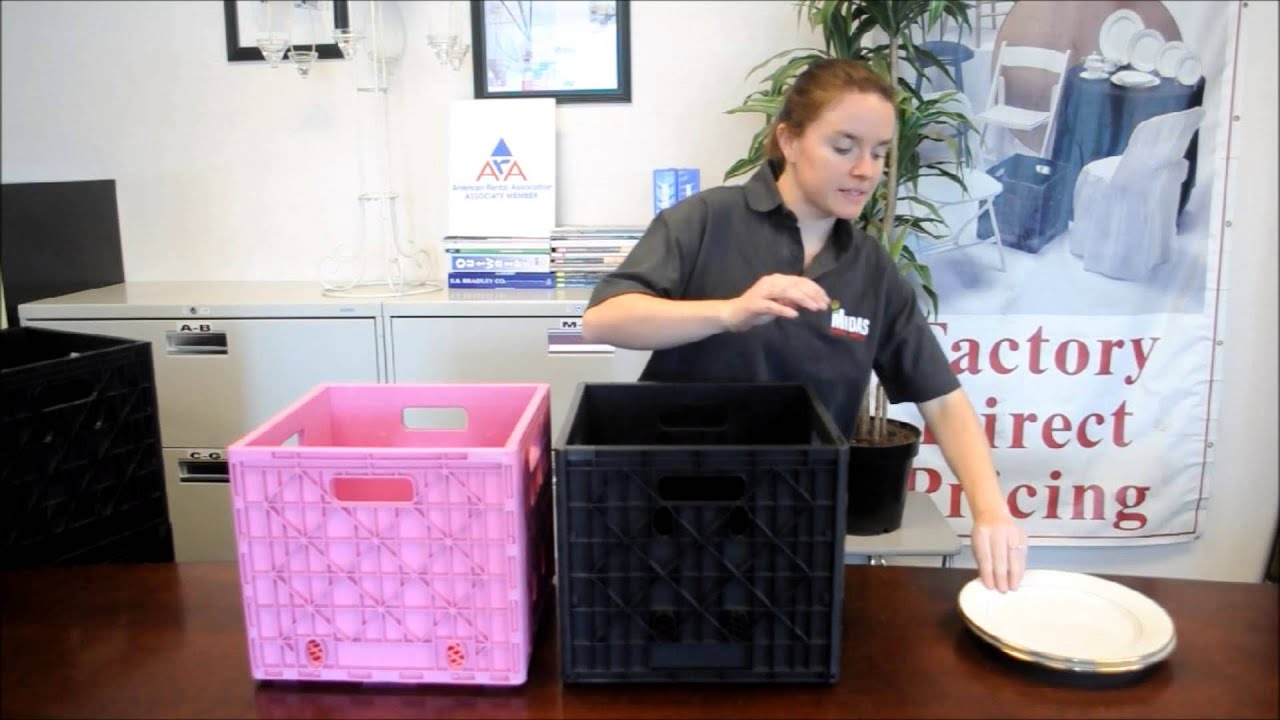

0 thoughts on “How To Store Lego Sets”